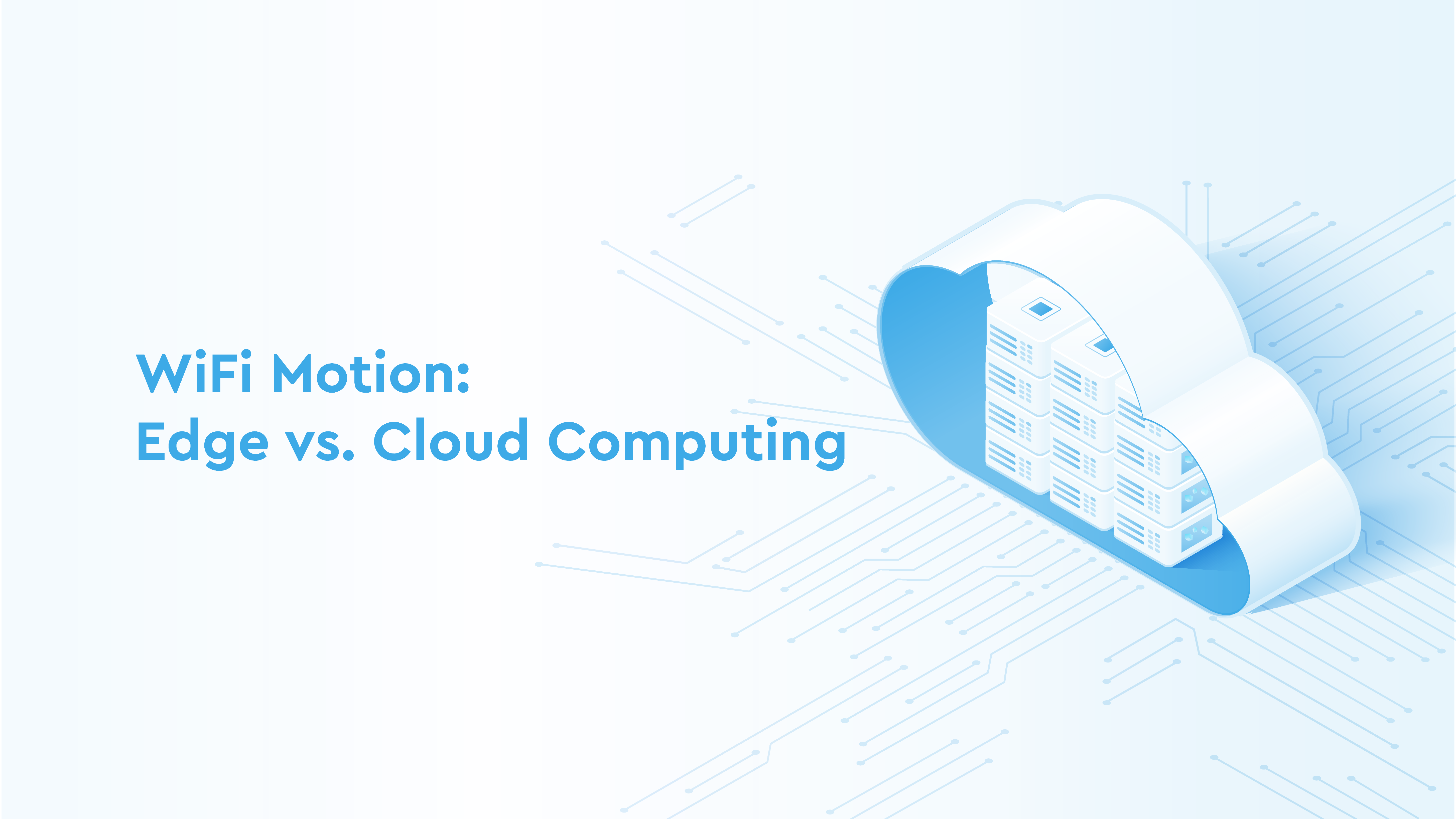With over 30 billion IoT devices projected to be in use by 2025 and 120+ zettabytes of data generated annually, edge and cloud computing have become paramount for managing this mountain of data effectively. Key trends like the growing need for real-time data processing in sectors such as autonomous vehicles and smart cities and advancements in AI and machine learning are amplifying the significance of these technologies. As well, this army of IoT devices is revolutionizing industries like healthcare and logistics, generating extensive data that demands immediate analysis. Meanwhile, AI and machine learning are driving predictive analytics and personalized services. The need for efficient computing models has never been greater.
In the world of telecommunications, cloud computing has long been a cornerstone for internet service providers in enabling scalable and centralized data processing solutions. However, more recently developing concerns about cloud costs and latency have prompted ISPs to explore edge computing as a complementary approach. Edge computing is becoming increasingly popular because it processes data closer to where it is originally generated, which decreases latency and boosts responsiveness. For instance, edge computing supports low-latency processing in 5G networks, leading to quicker data transmission and better user experiences, such as in Wi-Fi Sensing applications.
In response, ISPs and solution providers need to strike a strategic balance between edge and cloud computing. Cognitive’s WiFi MotionTM, for example, runs algorithms for motion detection on the edge, optimizing processing efficiency and responsiveness and thus addressing ISPs’ concerns about cloud costs and latency issues.
This article dives into the differences between edge and cloud computing, explores Cognitive’s unique data processing approach, and shares key considerations for ISPs and service providers as they navigate the complexities of today’s computing paradigms.
The Differences Between Edge vs. Cloud Computing
In the world of modern computing, edge and cloud computing have shown themselves to be the leading data processing technologies due to their efficiency and ability to access computing resources without the limitations of physical infrastructure.
- Edge computing refers to the decentralized processing of data at or near the source of data generation, typically at the “edge” of the network. It involves using local computing resources, such as edge servers or IoT devices, to analyze and process data in real-time, reducing latency and improving responsiveness for applications.
- Cloud computing, on the other hand, involves accessing and storing data and applications over the internet through remote servers managed by cloud service providers. It centralizes data processing and storage, allowing users to access computing resources on-demand without the need for physical hardware infrastructure.
In other words, edge computing brings computing power closer to where it’s needed, which is ideal for real-time applications. On the other hand, cloud computing offers scalability, accessibility, and centralized management, making it suitable for large-scale data processing and storage needs.
WiFi Motion’s Computational Approach
Cognitive’s approach to data processing is strategically aimed at maximizing efficiency and responsiveness while minimizing unnecessary data transfers and processing loads. For Wi-Fi Sensing it is imperative that motion detection occurs swiftly and reliably, ensuring functionality across both real-time monitoring and historical pattern analysis.
We have seamlessly integrated both edge and cloud technologies into the data processing framework for our WiFi Motion solutions, although we prioritize edge computing over cloud computing. This strategic emphasis involves executing resource-intensive tasks like configuration and storage directly on devices, which not only reduces the demand for high processing power but results in quicker reaction times and a smoother user experience. In practice, this translates to executing all motion detection algorithms on the edge, with the cloud mainly handling tasks important for user interaction such as showcasing live motion views or issuing motion alert notifications (essentially serving as the bridge to mobile applications for WiFi Motion).
However, depending on the specific WiFi Motion application required, we can fine-tune the allocation balance between edge and cloud computing to support advanced features such as motion pattern insights. By leveraging heavier cloud computing resources, we ensure optimal performance for these functionalities.
Why Cognitive Favors Edge Computing
- Enhanced Responsiveness: Edge computing enhances responsiveness and user experience in Wi-Fi Sensing by reducing latency, enabling real-time processing, and efficiently managing workload fluctuations. In a WiFi Motion for home monitoring solution, for instance, edge computing could help ensure prompt security alerts, even during peak Wi-Fi activity.
- Multiple Device Management: Edge computing operates through a distributed processing model, allowing processing power to be efficiently distributed across multiple edge devices or servers. This distributed architecture enables the system to handle increased data processing demands as more devices connect to the network (such as when used for Wi-Fi Sensing), ensuring optimal performance and responsiveness, especially during peak workloads.
- Cost-effectiveness: By processing data locally at the edge, there’s a reduction in the need for expensive centralized infrastructure as well as reduced data transfer and operational costs. This can lead to significant savings for ISPs and device manufacturers, especially when dealing with large-scale deployments or managing multiple IoT devices.
- Tailored Solutions: Edge computing empowers service providers, such as ISPs, to tailor data processing according to their specific needs. This proximity to data sources enables customized solutions, including tailored algorithms, localized processing for reduced latency, data filtering, prioritization, and custom security measures.
What’s the Right Choice?
To learn more about how to choose the optimal data processing balance, download the whitepaper below.


 Download and read the full White Paper here
Download and read the full White Paper here